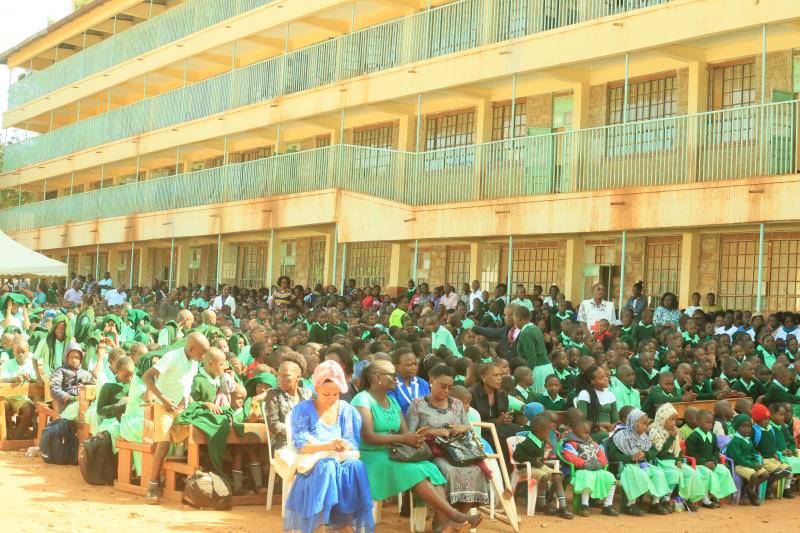
Our lack of capacity and ineptitude in keeping our learners safe in schools were, for the umpteenth time, laid bare at Kakamega Primary School a fortnight ago, following a chilling stampede that left 15 pupils dead. I have always averred that we have such low regard for human life in this country, especially the down trodden, seeing how easily and repeatedly we lose lives to preventable causes. But it is a new low how we seem grossly ill-prepared to keep our children safe in schools.